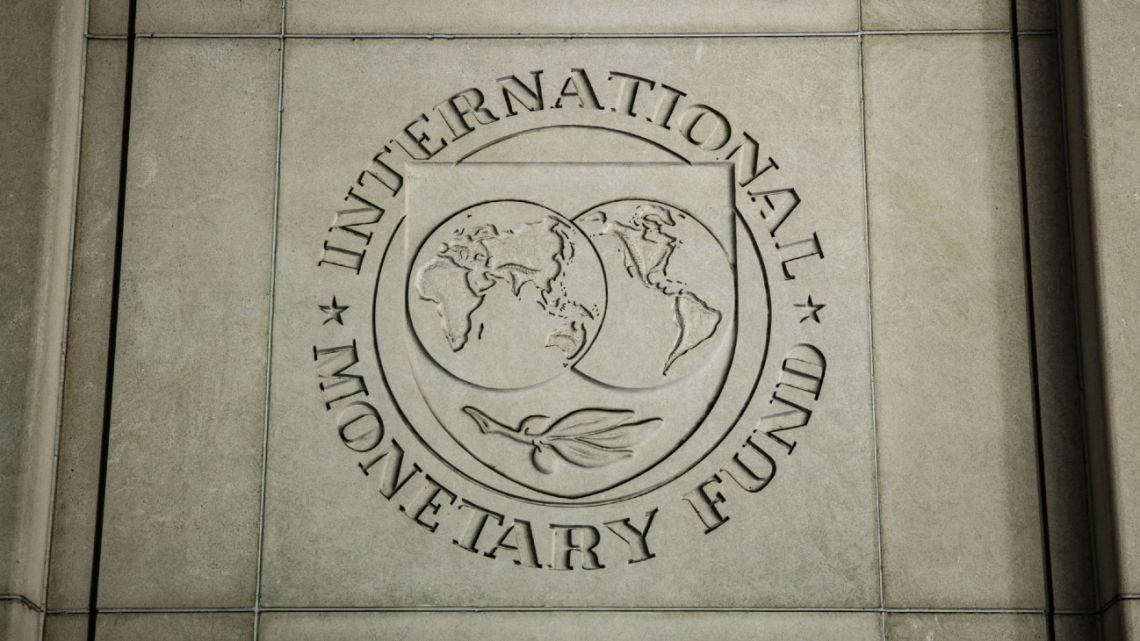daveholman
Registered
- Joined
- Dec 2, 2024
- Messages
- 76
- Likes
- 92
In a dirty float, a currency is allowed to move, but only in a certain range, determined by the central bank. If it goes above or below that range, the bank buys or sells the currency to bring it back in to the range. Over time, the range is moved. When the currency stays in the middle of the range for a time, it is lifted and a true float is allowed.Just as a point of monitoring the news on this; seems like the papers are still tracking the current IMF deal to include lifting the cepo.

Argentina and the IMF – scenarios for a possible new agreement
Milei government and IMF continue to fine-tune a future agreement which is likely to include a remittance of some US$11 billion to bolster Central Bank coffers, allowing Argentina to remove the ‘cepo’ currency and capital controls.www.batimes.com.ar
That said, if anyone can explain the whole "dirty float" exchange rate concept mentioned in this article, I'd appreciate it.
It can work (see some former Soviet republics after the fall of the Soviet Union). It can also be a disaster if the central bank doesn't have enough foreign reserves to defend it (see the Asian Contagion).
The problem is Argentina doesn't have sufficient USD reserves to do this right now.

